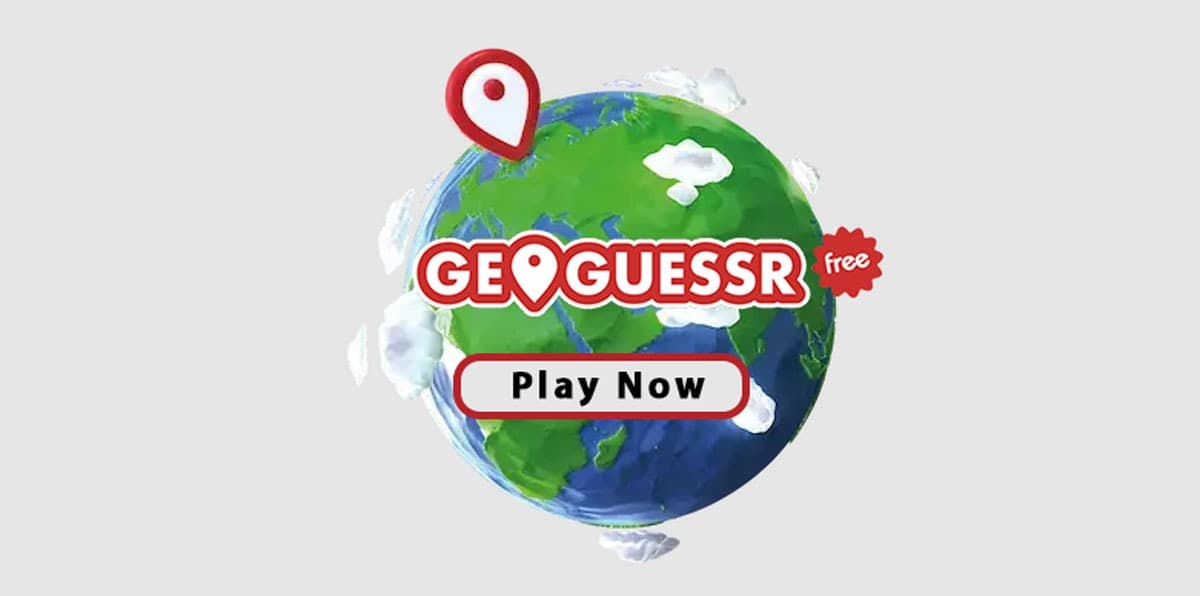Introduction
When we first started dating, MD was completing her medical residency in Boston while I (Techie) was building a startup in San Francisco. For 18 months, we navigated the challenges of a 3,000-mile separation and a three-hour time difference. What could have been a relationship-ending obstacle instead became a period of profound growth in our communication skills.
The Long-Distance Advantage
While challenging, long-distance relationships often develop stronger communication foundations than geographically close couples. When you can't rely on physical presence, you're forced to master the art of expressing thoughts, feelings, and needs with exceptional clarity.
In this post, we're sharing the communication strategies, tech tools, and meaningful routines that helped us not just survive but thrive during our long-distance phase. These approaches transformed our relationship and continue to strengthen our connection even now that we live together.
Establishing Your Communication Foundation
Before diving into specific tools and techniques, it's essential to establish a solid foundation for your long-distance communication strategy.
1. Set Clear Expectations
One of the biggest sources of frustration in long-distance relationships is mismatched expectations around communication frequency and availability.
Communication Agreement
Create a shared understanding about:
- Frequency: How often will you text, call, or video chat?
- Response Times: What's a reasonable timeframe to expect replies during work hours vs. personal time?
- Scheduled Connections: Which communication touchpoints are "sacred" and which are flexible?
- Platform Preferences: Which apps or tools will you use for different types of communication?
Remember that these agreements aren't rigid contracts but starting points that can evolve as you learn what works best for your relationship.
2. Quality Over Quantity
Many long-distance couples fall into the trap of constant texting throughout the day, which can lead to communication fatigue and conversations that lack depth.
The Meaningful Exchange Approach
Instead of constant "What are you doing?" texts, focus on exchanges that build connection:
Less Effective:
- "How's your day?"
- "What's up?"
- "I'm bored."
- Obligatory good morning/goodnight texts
More Effective:
- "I just read something that made me think of you..."
- "I'm struggling with [challenge]. Could use your perspective."
- "This [photo/song/article] reminded me of our conversation about..."
- Voice messages sharing a moment from your day
3. Address Time Zone Challenges Proactively
Time differences can be one of the most frustrating aspects of long-distance relationships, but with some planning, they can be managed effectively.
Time Zone Management Strategies
- Shared Calendar: Create a digital calendar that shows both of your schedules in each person's local time
- Alternate Sacrifice: Take turns accommodating each other's time zones for important calls
- Micro-Connections: Identify 5-10 minute windows throughout the day when you're both available for quick check-ins
- Asynchronous Options: Use voice messages, video clips, or thoughtful emails that can be enjoyed when the other person wakes up
Tech Tools That Strengthen Connection
The right digital tools can significantly enhance your long-distance communication. Here are the platforms and apps that made the biggest difference for us:
1. Beyond Basic Video Calls
Video calls are the cornerstone of long-distance relationships, but standard calls can become monotonous. Here's how to elevate your video connection:
Video Call Enhancements
Proximity Co-Working
Set up video calls where you're both working on separate tasks but can see and occasionally chat with each other, mimicking the experience of being in the same room.
Virtual Date Nights
Use platforms like Teleparty (formerly Netflix Party) or Scener to synchronize streaming services and watch shows together with a side chat.
Shared Experiences
Try virtual cooking dates where you prepare the same recipe together, online games with video chat, or virtual museum tours you can explore simultaneously.
MD's Experience
"Our Sunday morning coffee dates were sacred. We'd both make coffee, set up our laptops at our kitchen tables, and spend two hours talking while enjoying breakfast together. It felt so normal and domestic despite being 3,000 miles apart."
2. Specialized Apps for Long-Distance Couples
Beyond general communication platforms, several apps are specifically designed to enhance long-distance relationships:
Between
A private space for couples to share moments, count down to visits, and create a relationship timeline.
Best feature: Memory boxes that organize your shared photos, notes, and important dates.
Couple Game
A quiz app that helps you learn more about each other through fun, thought-provoking questions.
Best feature: The "Match" questions that reveal how well you know each other's preferences.
Locket Widget
Sends real-time photos directly to your partner's home screen, creating a sense of shared daily life.
Best feature: The immediacy and simplicity—seeing your partner's face on your home screen throughout the day.
Paired
Combines relationship quizzes, daily questions, and private messaging in one platform.
Best feature: Daily questions that prompt meaningful conversations about your relationship.
3. Digital Touch and Intimacy Tools
One of the most challenging aspects of long-distance relationships is the lack of physical touch. While technology can't fully replace this, there are innovative solutions that help bridge the gap:
Digital Intimacy Options
- Bond Touch Bracelets: Wearable devices that allow you to send a vibration to your partner's bracelet when you touch yours
- Lovebox Messenger: A physical box that displays digital messages and spins its heart when a new message arrives
- Long-Distance Touch Lamps: Touch your lamp and your partner's lamp lights up in the same color, no matter the distance
- Digital Love Letters: Apps like Slowly that deliver messages after a realistic travel time, creating anticipation
Techie's Tip
"We created our own ritual where we'd both brew the same tea before important video calls. The shared sensory experience—same taste, same aroma—created a surprising feeling of togetherness despite the distance."
Creating Meaningful Communication Routines
Consistency and intentionality are key to maintaining connection across distance. Here's how to establish routines that keep your relationship strong:
1. Structured Check-Ins with a Twist
Regular check-ins provide stability, but they need to be engaging to avoid becoming stale.
Daily Connection
Instead of generic "How was your day?" conversations, try these structured alternatives:
- High/Low: Share the best and most challenging parts of your day
- Three Things: Three moments, observations, or thoughts from your day
- Rose/Thorn/Bud: Something good, something difficult, and something you're looking forward to
Weekly Deep Dives
Set aside time for more substantial conversations:
- Relationship Check-In: Discuss what's working well and what needs attention
- Future Planning: Talk about upcoming visits or shared goals
- Question Game: Take turns asking thoughtful questions from resources like "36 Questions That Lead to Love"
Monthly Reflections
Deeper conversations that strengthen your bond:
- Gratitude Session: Share specific things you appreciate about each other and your relationship
- Growth Discussion: Talk about how you're each evolving and how the relationship is developing
- Bucket List Update: Revisit and revise your shared experiences wish list
2. Parallel Activities That Create Shared Experiences
Doing activities in parallel while on a call creates a sense of normalcy and shared experience despite the distance.
Parallel Activities We Loved
- Morning Routines: Getting ready for the day together on video
- Meal Times: Cooking the same recipe and eating together
- Fitness Sessions: Following the same workout while on video
- Reading Club: Reading the same book and discussing chapters
- Skill Building: Learning something new together through online courses
3. Surprise Elements That Keep Things Fresh
Predictability can lead to communication ruts. Incorporating surprise elements keeps your connection dynamic and exciting.
Unexpected Connection Ideas
- Surprise Deliveries: Food delivery, care packages, or flowers that arrive unexpectedly
- Digital Easter Eggs: Hidden messages or inside jokes in emails or messages for your partner to discover
- Scheduled Surprises: "Don't make plans for Saturday at 7pm" followed by a special virtual date you've arranged
- Voice/Video Time Capsules: Record messages for your partner to open on specific dates
- Collaborative Projects: Start a shared digital journal, playlist, or photo collection that you both contribute to
The Power of Anticipation
Research shows that anticipation of positive events can be as powerful for relationship satisfaction as the events themselves. Creating things to look forward to—whether it's your next visit or a special virtual date—gives your relationship forward momentum.
Navigating Communication Challenges
Even with the best tools and intentions, long-distance couples face unique communication hurdles. Here's how to address common challenges:
1. Managing Misunderstandings
Without facial expressions and body language, text-based communication is particularly prone to misinterpretation.
Misunderstanding Protocol
Establish a shared approach for when communication goes awry:
- Flag potential misunderstandings early: "I'm noticing some tension in our texts. Can we clarify?"
- Switch communication methods: Move from texting to calling when complex emotions are involved
- Use the benefit of the doubt as your default position
- Agree on a "time out" signal when a conversation needs a pause
- Schedule a dedicated time to revisit and resolve the issue
2. Balancing Connection with Independence
Long-distance relationships require finding the sweet spot between staying connected and maintaining individual lives.
Signs of Too Much Connection
- Declining local social invitations to be available for calls
- Feeling anxious when unable to respond immediately
- Exhaustion from maintaining constant communication
- Resentment about communication expectations
Signs of Too Little Connection
- Feeling like strangers or just "checking boxes" with calls
- Lack of awareness about significant events in each other's lives
- Diminishing excitement about connecting
- Growing emotional distance or indifference
Finding Balance
- Prioritize quality of connection over quantity
- Encourage each other's local friendships and activities
- Be flexible with communication schedules when needed
- Regularly reassess if your connection needs are being met
3. Maintaining Intimacy and Emotional Connection
Physical distance can sometimes lead to emotional distance if not proactively addressed.
Emotional Intimacy Builders
- Vulnerability Exchanges: Take turns sharing something you're struggling with, afraid of, or working through
- Appreciation Practice: Share specific, detailed things you value about each other regularly
- Future Visioning: Discuss your hopes, dreams, and plans for when you're together
- Memory Mining: Reminisce about meaningful shared experiences and what made them special
- Growth Conversations: Talk about how you're evolving individually and as a couple
Conclusion: Distance as an Opportunity
While long-distance relationships come with undeniable challenges, they also offer unique opportunities to develop communication skills that will benefit your relationship for years to come.
Long-Term Benefits We Gained:
- Communication Precision: We learned to express needs and feelings with exceptional clarity
- Conflict Resolution Skills: We developed effective strategies for navigating disagreements without physical presence
- Appreciation Practice: Distance taught us never to take time together for granted
- Intentional Connection: We formed habits of meaningful conversation that continue to serve our relationship
- Trust Foundation: Successfully navigating distance built a deep foundation of trust and commitment
Our Perspective
Looking back, we're grateful for our long-distance phase. The communication skills we developed during that time continue to be the backbone of our relationship. We learned that meaningful connection isn't about physical proximity—it's about intentional presence, even across thousands of miles.
We'd love to hear about your experiences with long-distance communication. What tools, routines, or approaches have worked best for you? Share your thoughts in the comments below!



